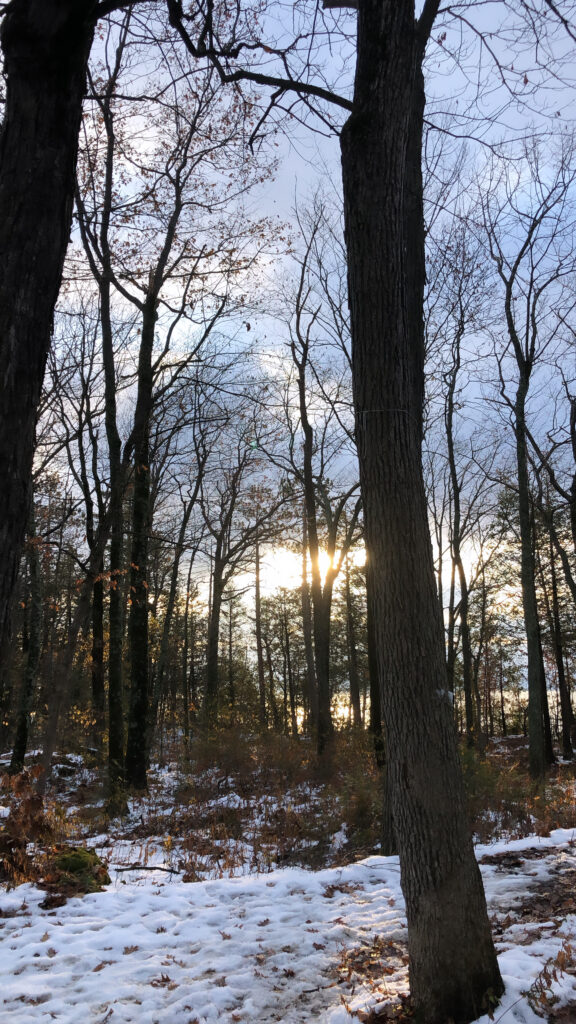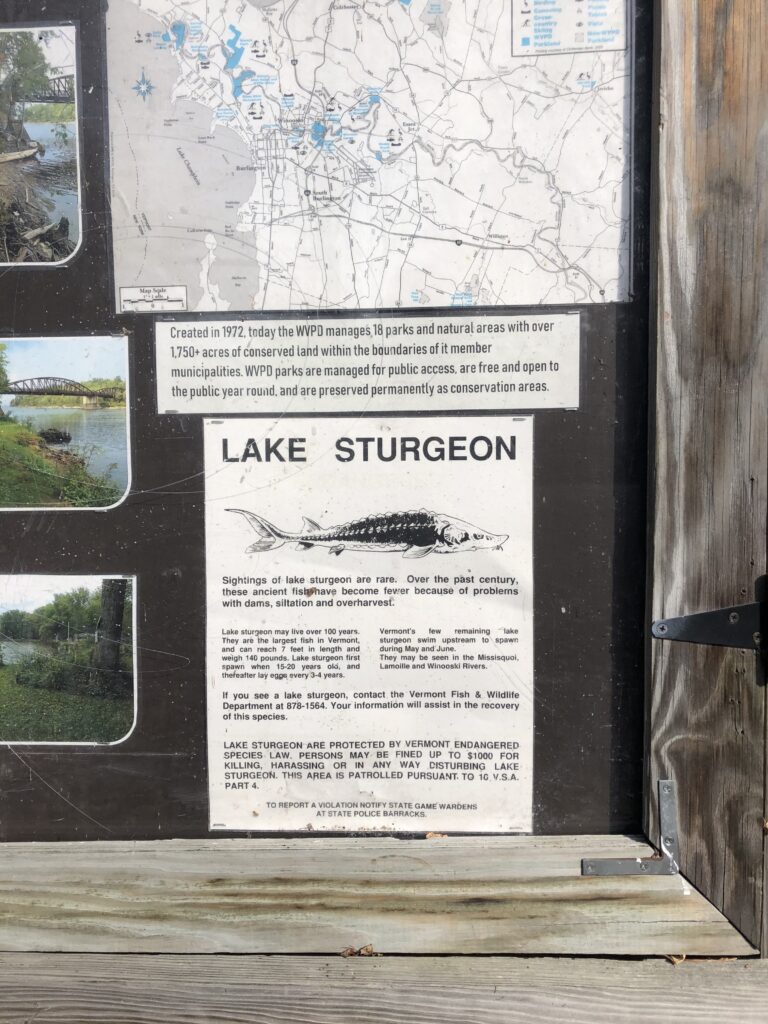
The Winooski Bridge has undergone quite a few changes over the years. And, currently it is going through even more changes with the seasons and the new restoration projects. Here at the Winooksi River Bridge you cannot observe many changes enacted by the construction taking place further down the trail, but the seasons are in full swing. Just last week, leaves littered the ground and squirrels scurried across the path in search of the perfect acorn. Now, snow covers the small path and the lining trees. With the addition of almost a foot of snow, the path has become increasingly less and less populated. Without friendly faces passing you as you bike down the path or look out onto the water, the bridge seems lonelier. The wind whips through the river delta carrying with it the smells of winter. A holiday feel floats through the air as well as you pass the small houses just below the bike path which have slowly started to set up Christmas decorations.

Something which caught my eye this visit was a small sign posted on the board just left of the trail. It detailed the importance of Lake Sturgeon and their scarcity. The poster reminded me of something the Melosira captain talked about when I toured the boat over parents’ weekend. He said that Lake Trout, while not Lake Sturgeon but still a pivotal species within Lake Champlain, are starting to be tagged for research purposes. This tagging process has become tricky when dealing with an increase of fishing in the Burlington area. Now, a large handful of Lake Trout tagged is ending up at the end of some hook instead of relaying key data back to the researchers. As I watched a man cast what was likely his last line of the season, I thought of how the increase in fishing has changed the physical makeup of the lake over the years. Not even 100 years ago, the Winooski delta probably played host to countless species of fish, including Lake Sturgeon, but with the increased emphasis in fishing during the early half of the nineteenth century the fish populations began to decrease. Since all ecosystems are interconnected, a loss of fish species in one could have caused a rippling effect in the plant species, giving the landscape surrounding the bridge a completely different look than what it once was.
Furthermore, the addition of houses, residential, and recreational land has affected the landscape. Before the bike path and the houses, the only thing which cut through this land was an old train path. To keep the train stable, the land on either side of the tracks was dug down so the train could be elevated. Once the city of Burlington retired the train track, residential parties took advantage of the dugout flat lands around the path to build their homes. This furthered the human impact imposed on the land, and while the Christman decorations add a special joy to my weekly bike rides now, it is interesting to imagine what the land once looked like without homes, bikes, train tracks, or even the bridge itself.